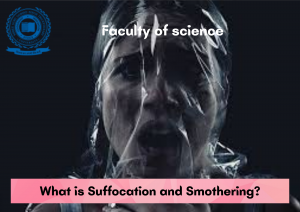Recently, chalcogenide phase-change materials (PCMs) have become promising materials for applications in photonics because the optical properties of the PCMs undergo a dramatic change during the amorphous–crystalline phase transition. These materials can be efficiently switched by electrical or short optical pulses, offering the extraordinary capability to engineer light. The research trend in PCMs has moved from practical application in optical data storage toward electrical memory, based on PCMs due to their switching speed, energy efficiency, and scalability. For example, the electrical phase-change random access memory technologies (PCRAM) was proven to be a leading substitute for non-volatile electrical memories, that is, FLASH. To compete with electronic devices, the new generation of photonic devices need to be reprogrammable and reconfigurable. Therefore, functional materials must exhibit tunable optical properties. As the PCM is heated by electrical or optical pulses, it can be crystallized (SET) and re-amorphized (RESET), which not only significantly varies the electrical resistivity but also the optical properties of PCM. It is this photonic change that is applied to a variety of phase-change photonic systems. The chalcogenide PCM can be soundly switched >108 times with a switching time < 500 ps.
For most applications, an ideal PCM should offer high-speed and low-power phase-switching, a large number of switching cycles, the long-term thermal stability of the amorphous phase, and a large optical/electrical contrast between two phases. Based upon these criteria, chalcogenide glasses based on germanium (Ge)-antimony (Sb)- telluride (Te) (GST) alloys, and particularly Ge2Sb2Te5, stand out in the pool of PCM materials. Phase transition in GST alloys is accompanied by a large refractive index contrast and resistivity change (∼3 orders of magnitude), features that have found immediate applications in commercialized rewritable optical disks and electronic memories.
The phase transformation is accompanied by a change in the bonding mechanism. In the amorphous state of PCMs, ordinary covalent bonding prevails. In the crystalline state, PCMs have an unusual property portfolio, including a high optical dielectric constant, a large Born effective charge, and an effective coordination number incompatible with the 8-N rule, which has been attributed to a novel binding mechanism coined “metavalent bonding”.
Since PCRAMs and other GST-based devices face instability of the amorphous state after repeated cycling of the phase transition so, dopants are incorporated in the GST structure. Doping improves the stability of the amorphous state as material becomes a multi-element material consisting of four or more elements, which can effectively suppress the movement of atoms due to different atomic radii and hence, increase the activation energy.
Dr. Sunanda
Assistant Professor
Faculty of Science
Department of Physics




